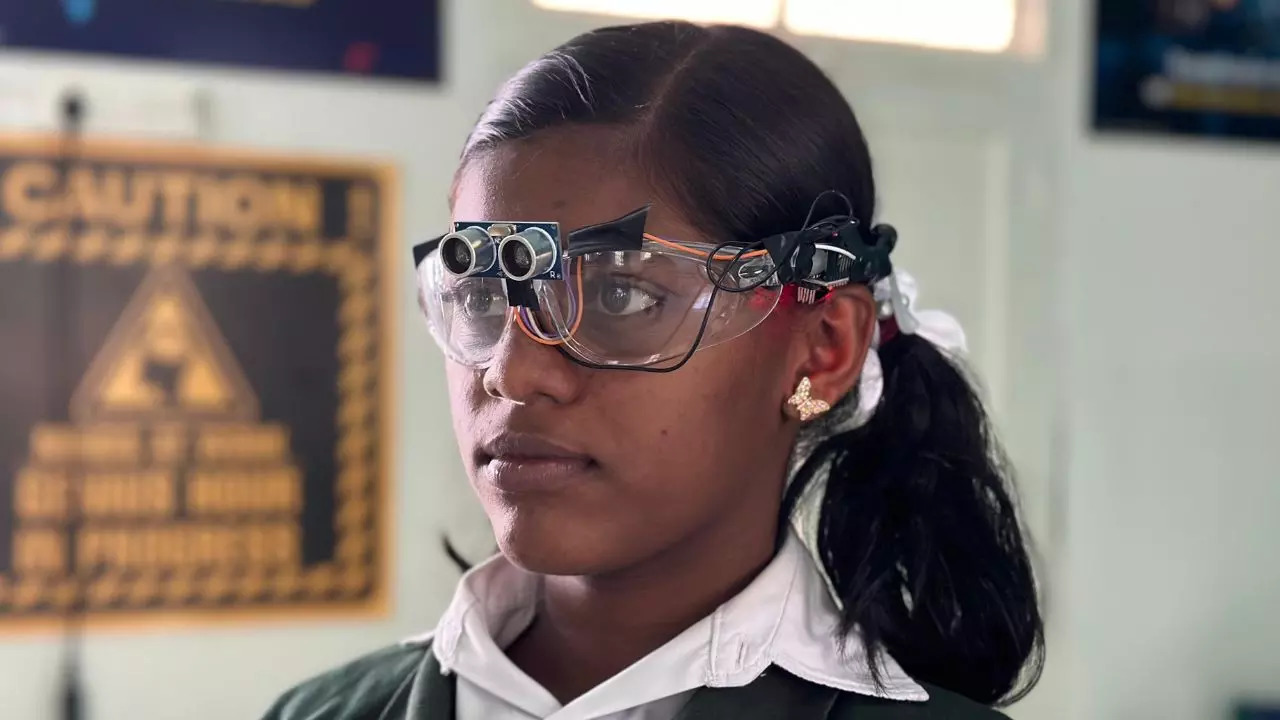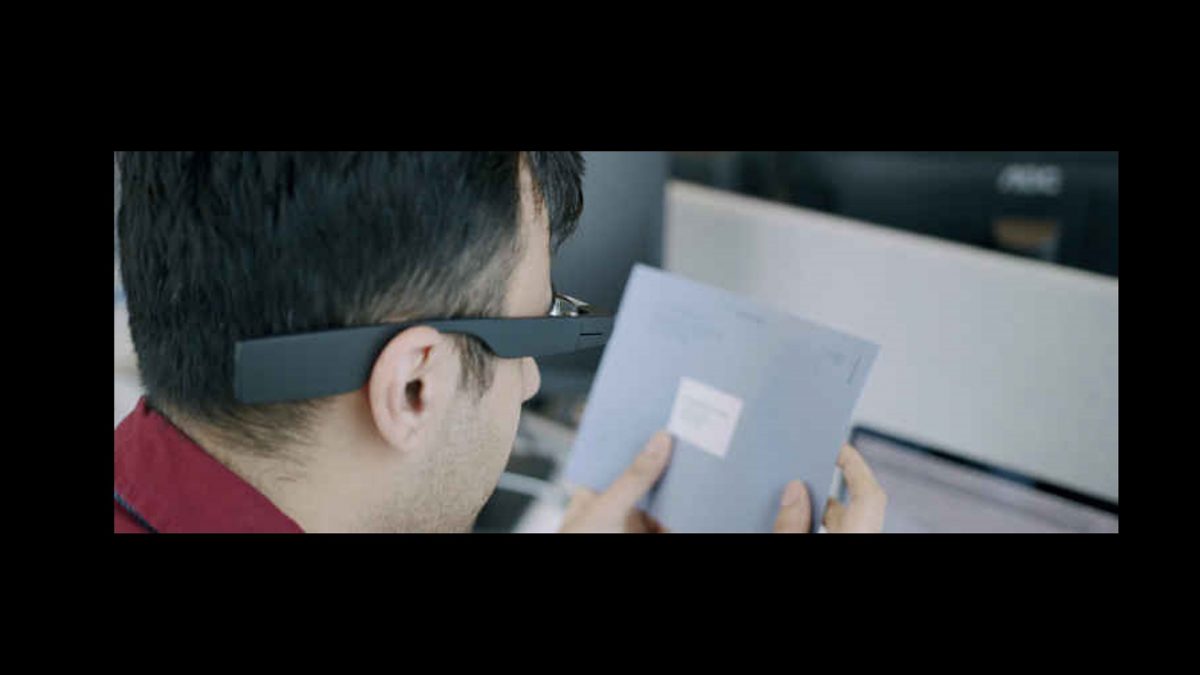AI-Powered Visual Aids: The Next Step in Assistive Technology for the Blind
AI-Powered Visual Aids: The Next Step in Assistive Technology for the Blind
Blog Article
Enhancing Access Through Assistive Innovation for the Blind
The combination of assistive modern technology for the blind represents a critical innovation in availability, essentially modifying just how individuals navigate their environments and engage with culture. As we explore the diverse types of assistive devices and their substantial influences on daily living, it becomes important to examine exactly how continuous technological improvements are improving the landscape of assistance for the blind community.
Overview of Assistive Modern Technology
Assistive technology describes an array of devices and software program designed to improve the abilities of individuals with impairments, including those who are blind or aesthetically impaired. This technology plays an important duty in promoting freedom and enhancing the high quality of life for individuals. By providing alternate techniques for accessing information and doing daily tasks, assistive modern technology encourages individuals to browse their atmospheres more successfully.
The advancement and application of assistive modern technology accept a range of principles intended at promoting ease of access. These concepts include user-centered style, which focuses on the requirements and preferences of the person, and the assimilation of modern technology right into everyday tasks. Such improvements make sure that assistive gadgets are not just practical yet likewise instinctive and simple to utilize.
Moreover, assistive modern technology includes a varied range of services, from low-tech options like magnifiers to sophisticated advancements such as display visitors and Braille display screens. The continuous development of this field is driven by the need to address the one-of-a-kind obstacles encountered by people with aesthetic impairments (Wearable technology for low vision). As innovation remains to advance, the possibility for enhancing ease of access and promoting inclusivity continues to be encouraging, ultimately adding to a much more fair society

Sorts Of Assistive Devices
Various kinds of assistive devices are offered to sustain people that are aesthetically damaged or blind, each designed to deal with particular needs and obstacles. These gadgets can be extensively classified right into 3 major types: low-tech, mid-tech, and modern services.
Low-tech devices include items such as magnifiers, Braille labels, and responsive maps. These are relatively basic tools that enhance the individual's ability to communicate with their environment without calling for intricate modern technology.
Mid-tech gadgets often include more innovative attributes, such as electronic magnifiers and portable Braille note-takers. These gadgets can use functionalities like speech output, allowing users to access details extra efficiently.

Effect On Daily Living
The schedule of various assistive gadgets substantially improves the lifestyle for people who are visually damaged or blind, impacting their everyday living in extensive ways. By incorporating innovations such as screen viewers, Braille displays, and audio summary solutions into their routines, customers get higher freedom and freedom. These tools facilitate accessibility to information, allowing individuals to execute everyday tasks, such as reviewing e-mails, navigating public spaces, and delighting in additional reading media web content.
Moreover, assistive tools equip individuals to engage more completely in social interactions and area tasks. The ability to utilize mobile phones geared up with accessibility attributes permits smooth communication and link with others. This connectivity fosters a feeling of belonging and reduces sensations of isolation.
In professional setups, assistive technology sustains performance by permitting people to full work tasks efficiently. Tools like voice recognition software program and specialized magnification devices make it possible for customers to take part in the labor force on equivalent footing with their sighted peers.

Advancements in Innovation
Current technological developments have actually considerably changed the landscape of devices available for individuals that are aesthetically damaged or blind. The combination of fabricated intelligence (AI) and artificial intelligence has actually triggered applications that improve navigation and things acknowledgment. Smart device applications can now use AI to recognize and explain environments in look these up real-time, providing customers with important contextual details.
Furthermore, innovations in haptic modern technology have actually brought about the development of clever walking canes outfitted with sensors that spot obstacles and provide responsive responses. This empowers customers to navigate their setting with raised confidence and self-reliance. In addition, innovations in text-to-speech software application and braille screens have actually enhanced the ease of access of digital material, allowing for smooth communication with numerous media.
Wearable technologies, such as wise glasses, are additionally making strides in helping aesthetic problems. These gadgets can offer enhanced fact experiences, overlaying important information onto the user's field of vision. Collectively, these developments not just enhance the lifestyle for people who are blind but likewise advertise higher addition in society. As innovation remains to advance, the possibility for much more transformative devices stays imminent.
Future Trends and Innovations
As modern technology rapidly progresses, the future of assistive devices for individuals who are blind holds immense promise. Developments in man-made intelligence (AI) and artificial intelligence are positioned to transform the way blind individuals communicate with their atmospheres. As an example, AI-driven applications are being established to boost things acknowledgment, permitting customers to determine and navigate their surroundings with greater simplicity and precision.
Additionally, innovations in haptic responses innovation are allowing the creation of tactile maps and navigation help that offer real-time info through touch. These developments not just boost wheelchair but additionally foster independence. In addition, wearable gadgets outfitted with increased fact (AR) features are emerging, using users visual information with audio summaries, therefore linking the gap between the electronic and physical globes.
Furthermore, the combination of smart home modern technology provides new possibilities for ease of access, permitting people to manage their living settings via voice commands or smart device applications. As partnership between tech programmers and the blind community continues, the try here focus on user-centered layout will make certain that future technologies are customized to fulfill the unique needs of this populace (Wearable technology for low vision). The trajectory of assistive technology guarantees a more empowering and comprehensive future for individuals that are blind
Verdict
In verdict, assistive innovation plays an important function in boosting accessibility for people with visual disabilities. Continuous innovations in innovation and user-centered style make sure that these devices cater properly to the distinct demands of the blind community.
The integration of assistive modern technology for the blind stands for a pivotal improvement in access, fundamentally modifying how individuals browse their environments and involve with society.Assistive modern technology refers to a range of gadgets and software application designed to enhance the capacities of people with handicaps, including those that are visually impaired or blind. Wearable technology for low vision.As modern technology rapidly proceeds, the future of assistive devices for people that are blind holds tremendous pledge. The trajectory of assistive innovation guarantees a more comprehensive and empowering future for individuals who are blind
In conclusion, assistive technology plays a crucial role in boosting availability for people with aesthetic problems.
Report this page